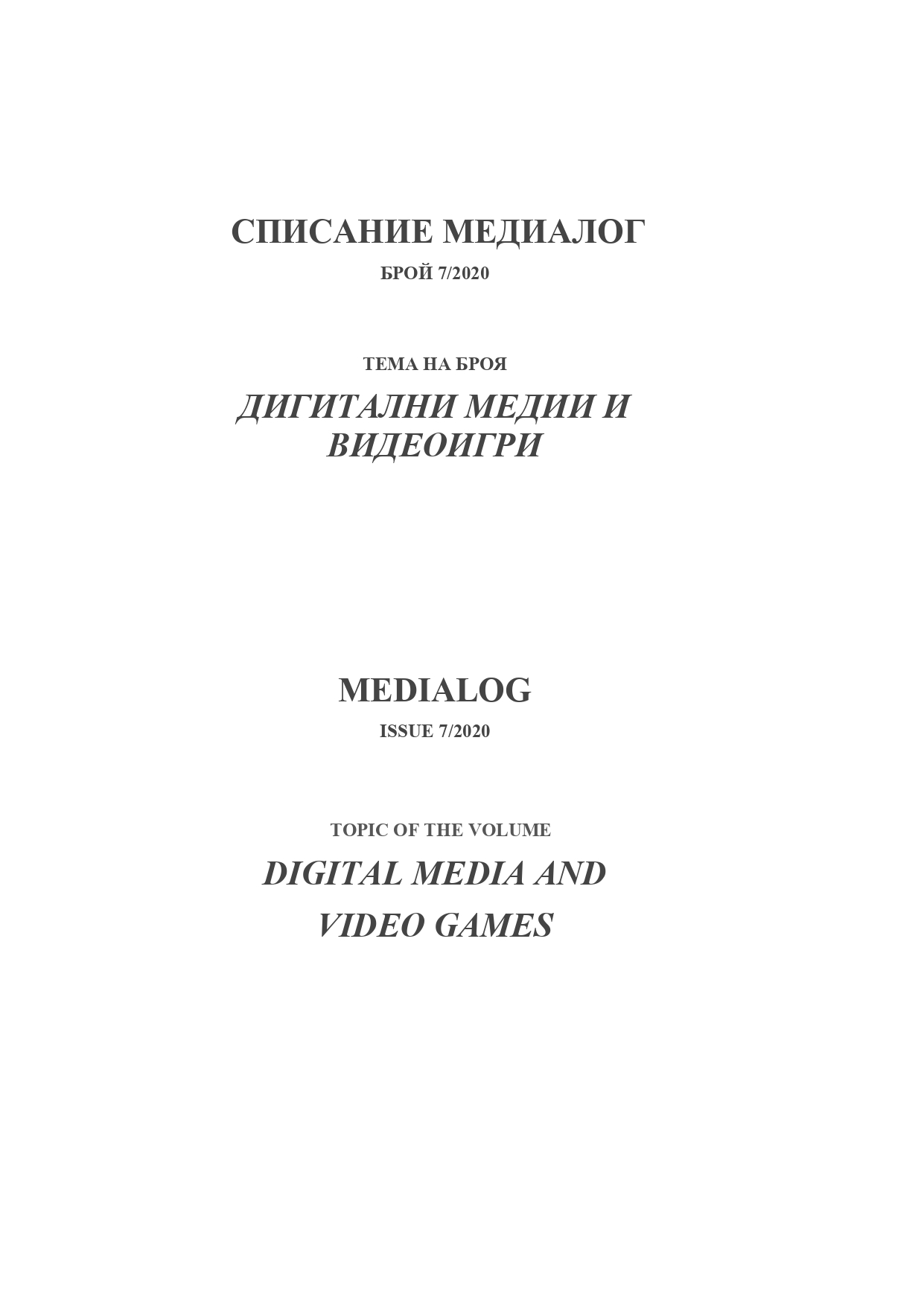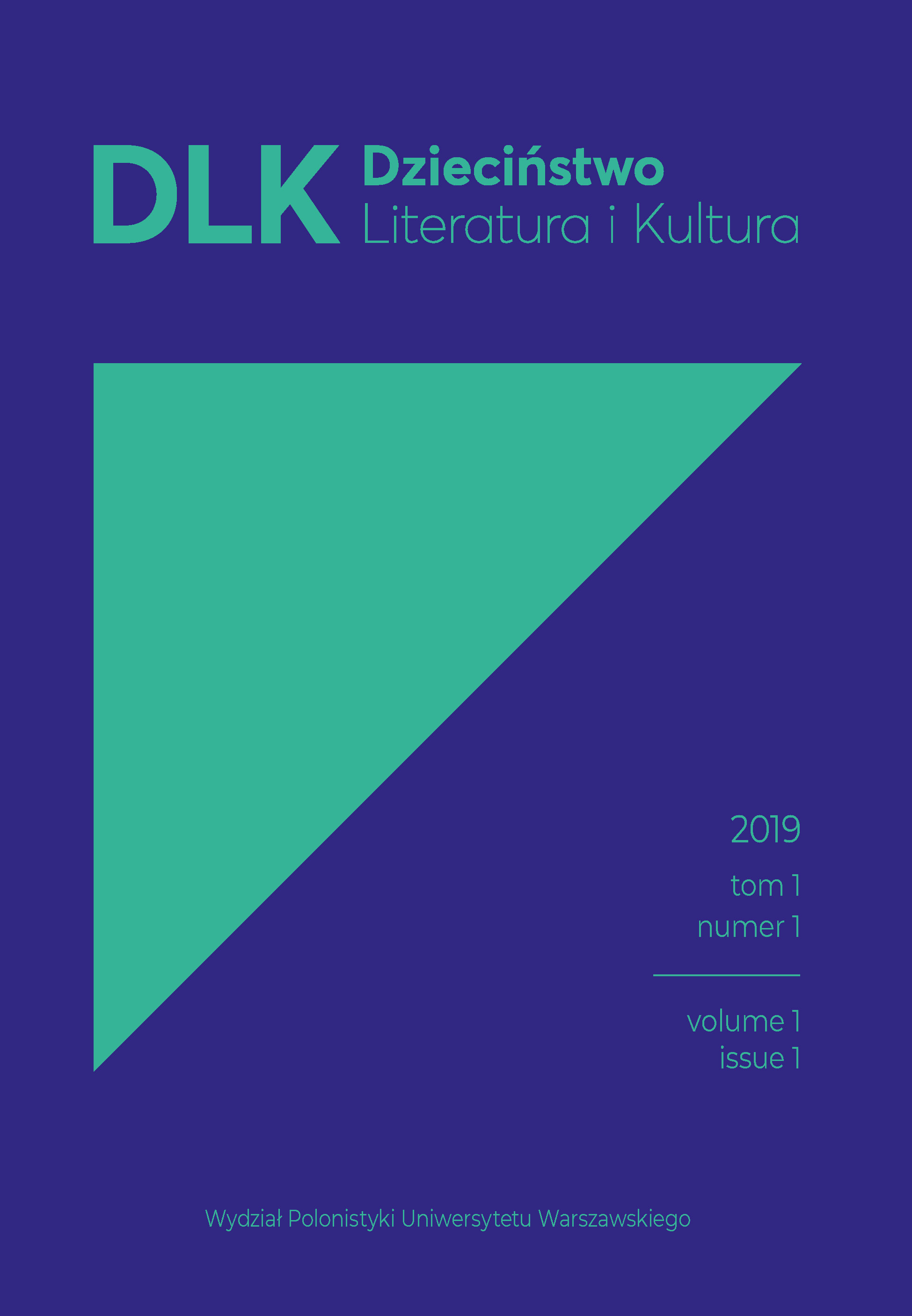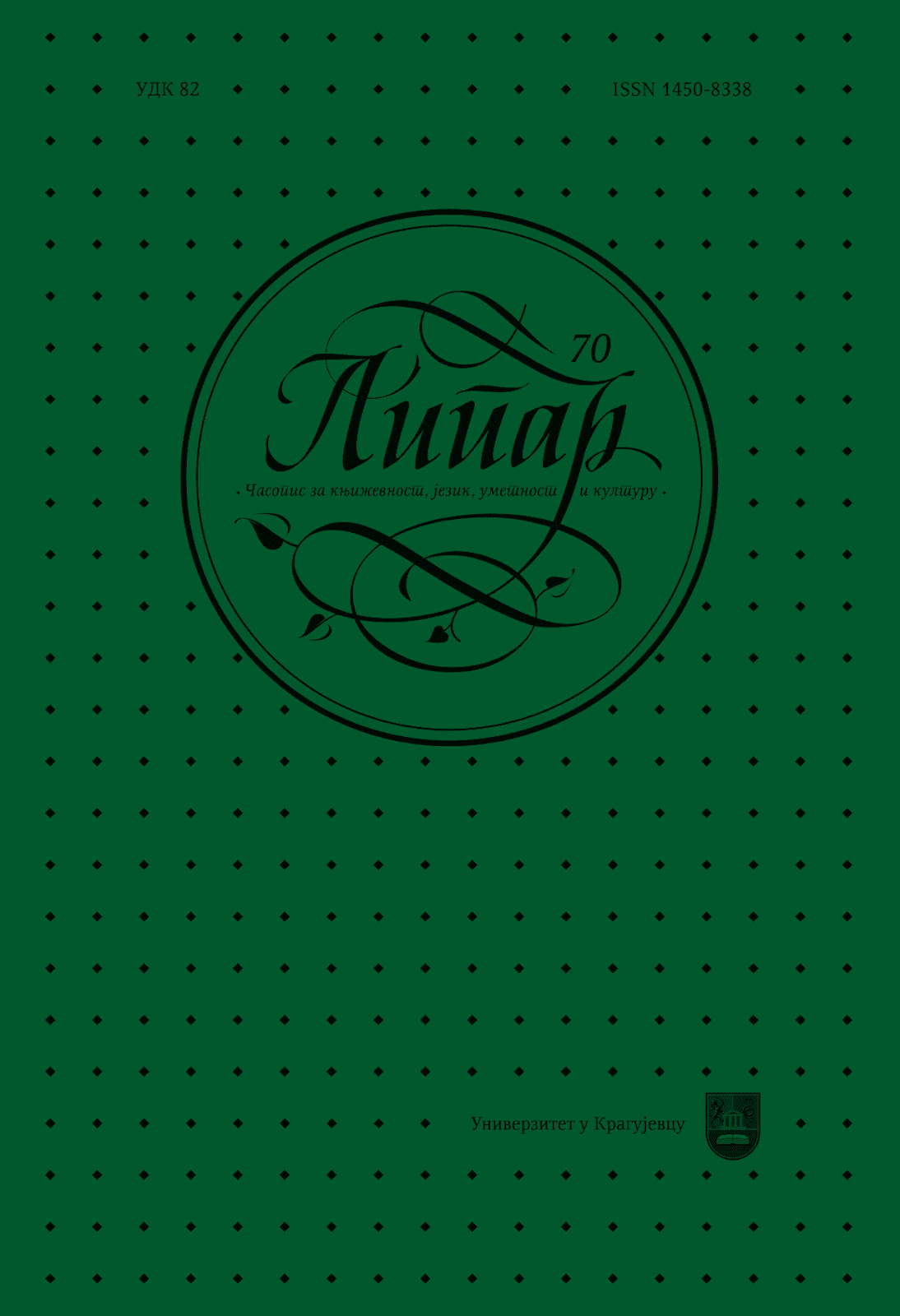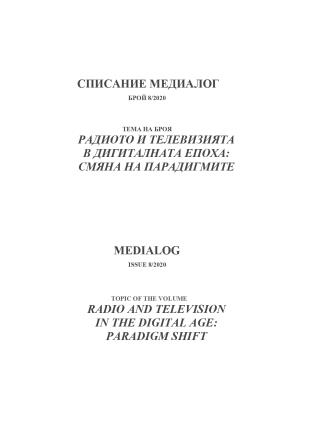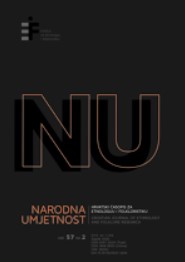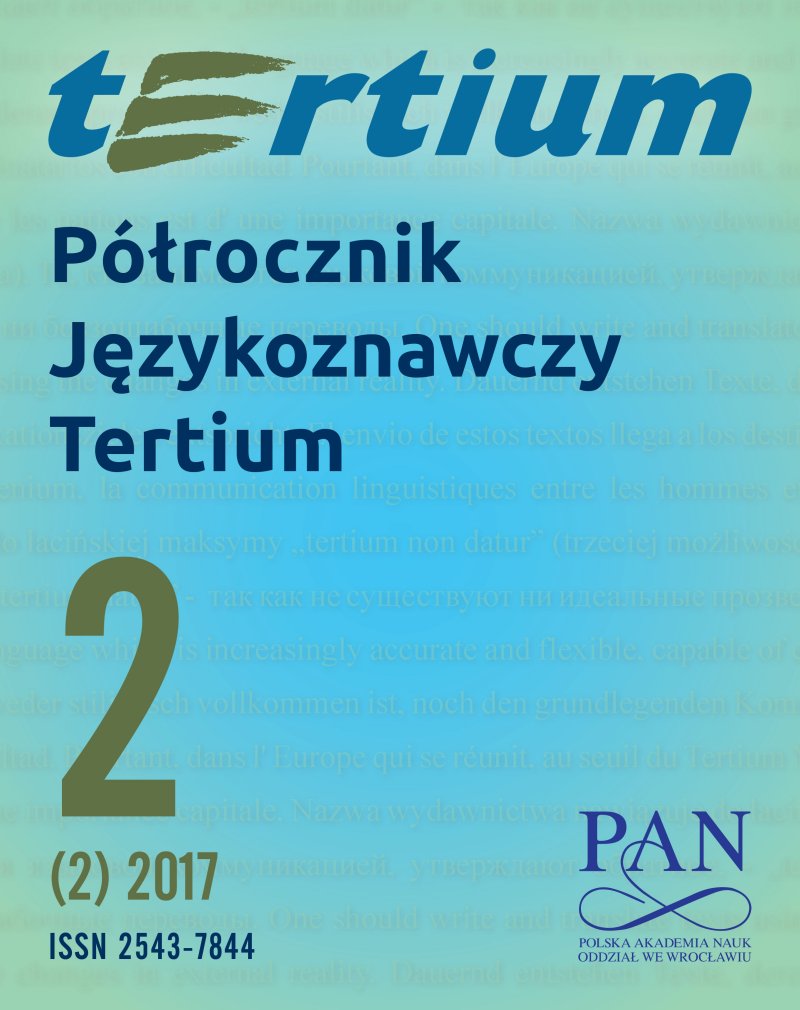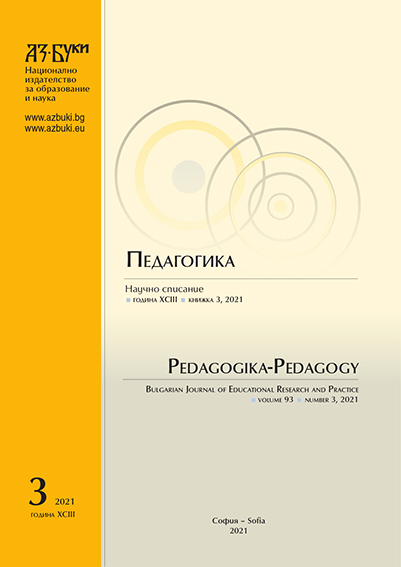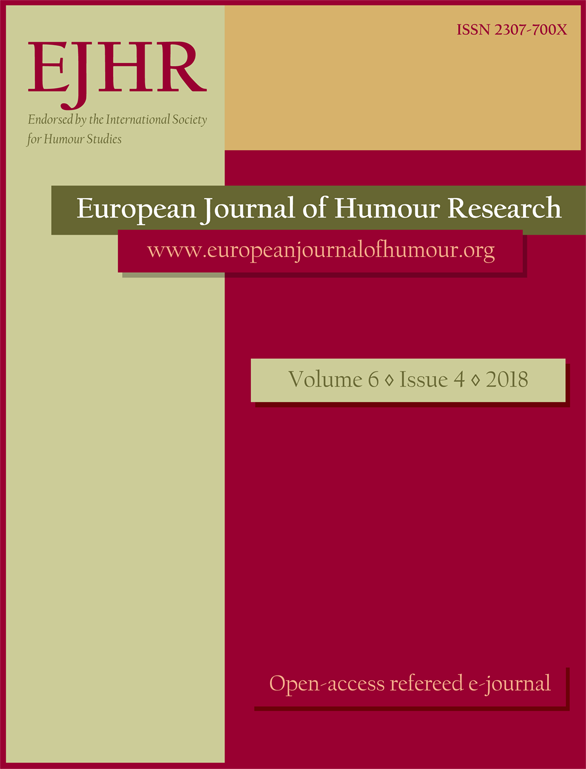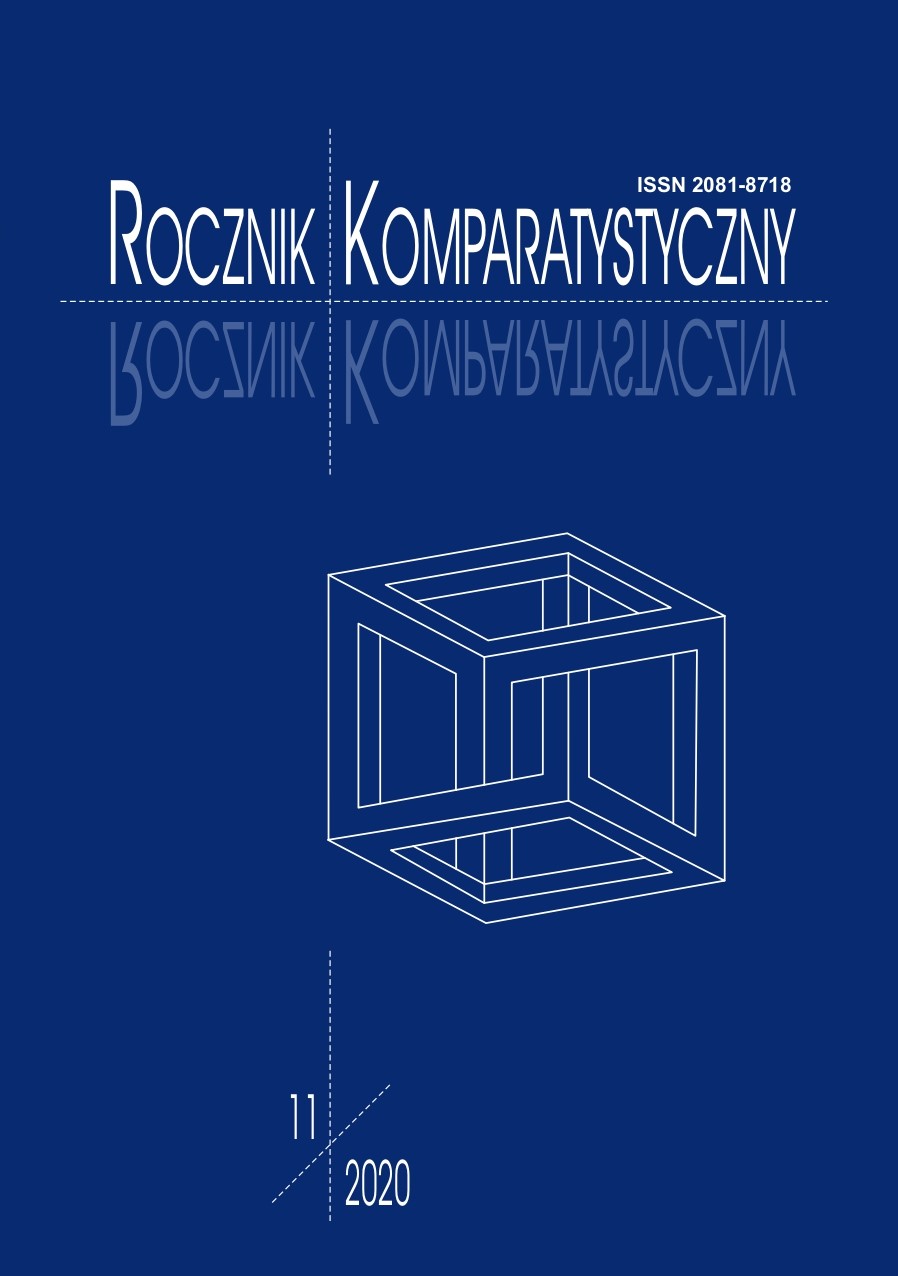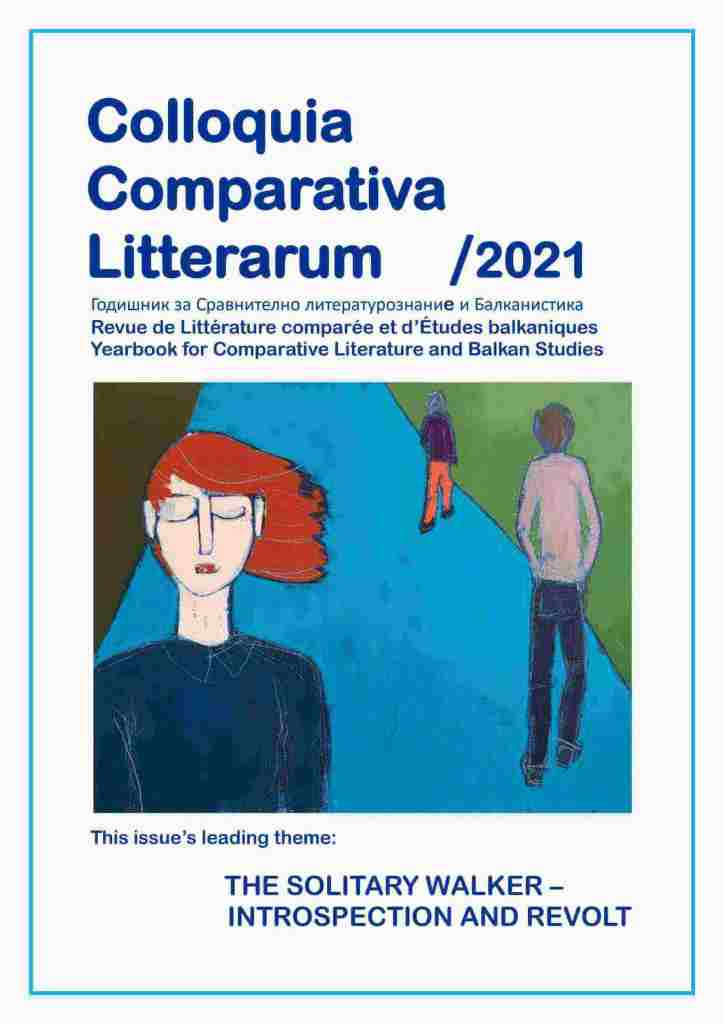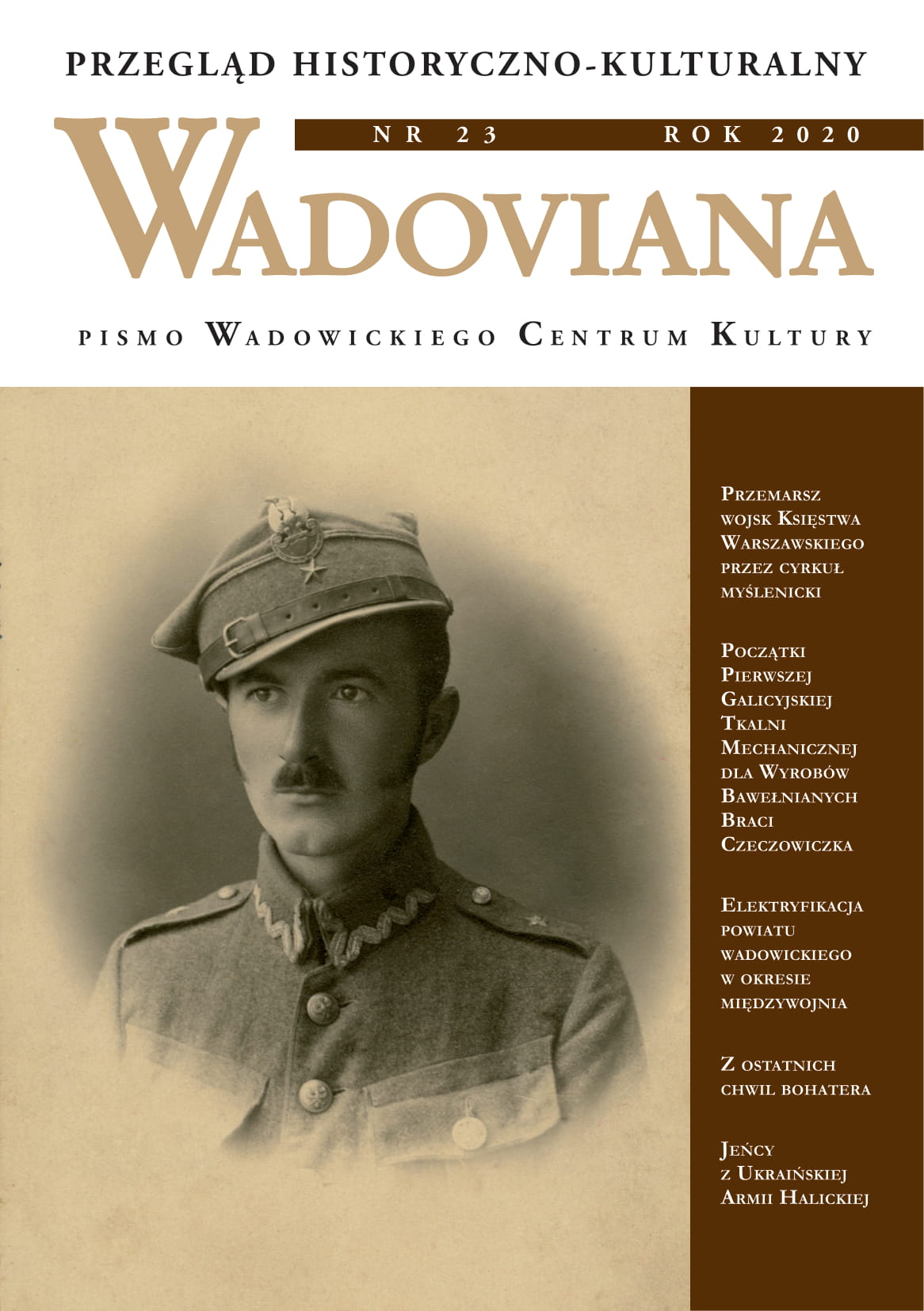Author(s): Goran Đurđević,Ivona Orlić,Maja Flajsig,Anita Lunić,Monika Bregović,Mia Felić,Ivana Katarinčić,Dragana Đurić,Marko Dragić,Andrej Ivan Nuredinović,Jelena Bulić,Jelena Seferović,Smiljana Đorđević Belić,Miroslav Artić,Aljoša Pužar,Drago Župarić-Iljić,Boris Beck / Language(s): Croatian,Serbian
Issue: 1/2020
Review of:
Boris Beck - Valentina Gulin Zrnić i Nevena Škrbić Alempijević, Grad kao susret. Etnografija zagrebačkih trgova, Hrvatsko etnološko društvo i Institut za etnologiju i folkloristiku, Zagreb 2019., 419 str.
Drago Župarić-Iljić - Jasna Čapo, Dva doma. Hrvatska radna migracija u Njemačku kao transnacionalni fenomen, Duriex, Zagreb 2019., 416 str.
Aljoša Pužar - Andrea Matošević, Doći u Pulu, dospjeti u tapiju. Etno-filozofska studija lokalnog fenomena, Durieux i Institut za etnologiju i folkloristiku, Zagreb 2019., 178 str.
Miroslav Artić - Naracije straha, ur. Natka Badurina, Una Bauer i Jelena Marković, Leykam International i Institut za etnologiju i folkloristiku, Zagreb 2019., 328 str.
Miroslav Artić - Ajla Demiragić, Ratni kontranarativi bosanskohercegovačkih spisateljica, Institut za etnologiju i folkloristiku, Zagreb 2018., 263 str.
Smiljana Đorđević Belić - Charms and Charming. Studies on Magic in Everyday Life, ur. Éva Pócs, Zbirka Studia Mythologica Slavica. Supplementa 15, Znanstveno-raziskovalni center SAZU, Založba ZRC, ZRC SAZU, Ljubljana 2019., 312 str.
Jelena Seferović - Olga Orlić, Antropologija solidarnosti u Hrvatskoj. Poljoprivreda potpomognuta zajednicom, Hrvatsko etnološko društvo, Zagreb 2019., 137 str.
Jelena Bulić - Vedrana Veličković, Eastern Europeans in Contemporary Literature and Culture. Imagining New Europe, Palgrave Macmillan, London 2019., 219 str., elektronička knjiga
Andrej Ivan Nuredinović - Goran Pavel Šantek, Dinamo – to smo mi! Antropološki ogledi o Dinamu i njegovim navijačima, Filozofski fakultet Sveučilišta u Zagrebu, FF-press, Zagreb 2017., 91 str.
Marko Dragić - Adnan Čirgić, Natprirodna bića u tradicijskoj kulturi Crnogoraca, Fakultet za crnogorski jezik i književnost, Cetinje 2018., 267 str.
Dragana Đurić - Milan Dvornić, Narodni običaji Srba u Baranji, Veće srpske nacionalne manjine Grada Belog Manastira, Beli Manastir 2019., 350 str.
Ivana Katarinčić - Kretanja. Časopis za plesnu umjetnost, Movements. Dance Magazine br. 30, Zlatne šezdesete ili kako se stvarala suvremena plesna scena u Hrvatskoj, The Golden Sixties or How Contemporary Dance Scene in Croatia Was Created, Maja Đurinović, ur. Hrvatski centar ITI, Zagreb 2018., 87 str.
Mia Felić - Journal of Folklore Research. An International Journal of Folklore and Ethnomusicology. Posebno izdanje, tematski broj: An (Unlikely) Intersection of Folklore and Science, The Aesop’s Fable Paradigm 56/2–3, svibanj – prosinac 2019., Indiana University Press, 291 str.
Monika Bregović - Konferencija “Beastly Modernisms”, Glasgow, 11. – 13. rujna 2019., Sveučilište u Glasgowu uz podršku Britanskog društva za književnost i znanost i Veganskog društva
Anita Lunić - Dani kulturne animalistike: “Životinja – drug ili drugi?”, Split, 28. – 31. listopada 2019.
Maja Flajsig - Umjetničko-znanstveni skup “Land Art, Earth Art, Earthworks: z/Zemlja i antropocen”, Zagreb, 10. listopada 2019., Muzej suvremene umjetnosti, organizatori: Akademija likovne umjetnosti, Muzej suvremene umjetnosti i Institut za etnologiju i folkloristiku
Ivona Orlić - Izložba “Čega se bojiš? Strah u našoj svakodnevici”, autor izložbe: Mario Buletić, Pazin, 13. prosinca 2019., Etnografski muzej Istre/Museo etnografico dell Istria
Goran Đurđević - Adnan Kaljanac, Historija arheologije. U potrazi za prošlošću, Univerzitet u Sarajevu, Sarajevo 2014., 242 str.
Goran Đurđević - Predrag Novaković, Historija arheologije u novim zemljama jugoistočne Evrope, Univerzitet u Sarajevu, Sarajevo 2014., 302 str.
Goran Đurđević - Staša Babić, Metaarheologija. Ogledi o uslovima znanja o prošlosti, Clio, Beograd 2018., 188 str.
More...
